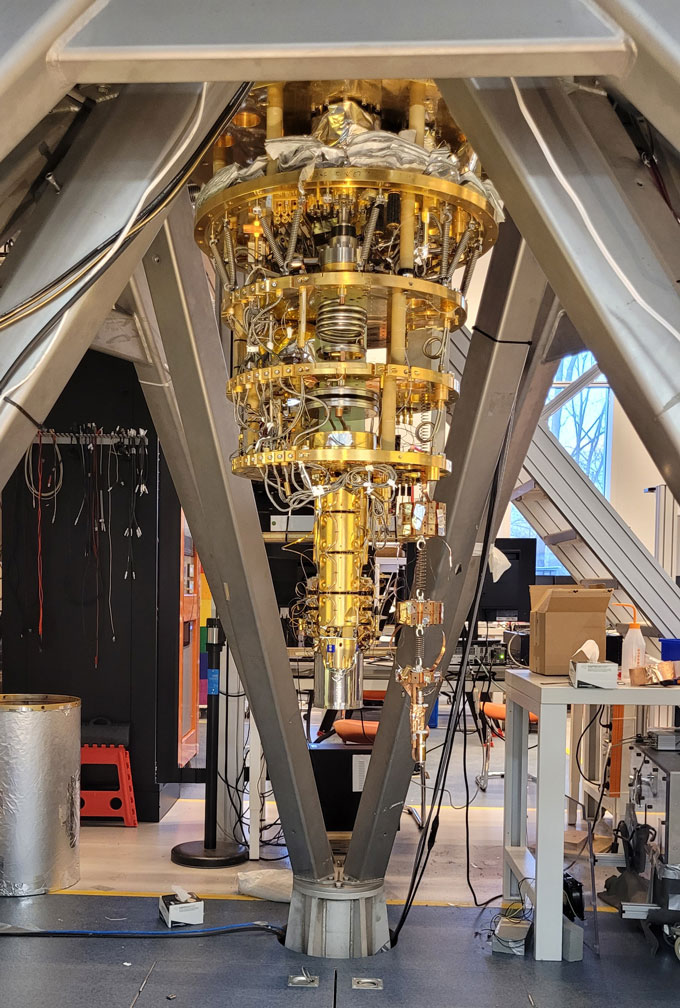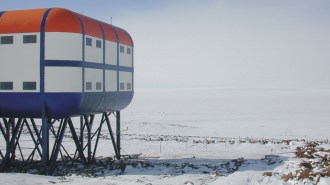Scientists used a levitating magnet to hunt for dark matter
The quantum-based technique could reveal the presence of hypothetical ultralight particles

A magnet levitates over a superconductor. Scientists used this phenomenon in a search for ultralight dark matter.
Forance/Alamy Stock Photo






